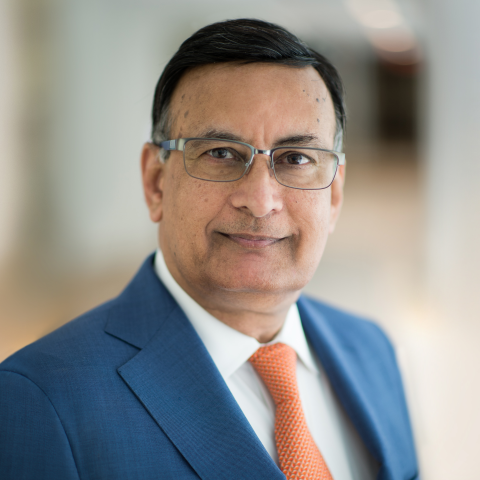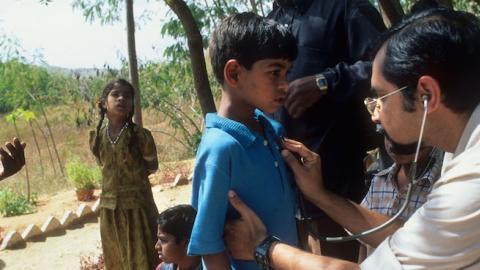Overview
Prime Minister Narendra Modi came to power in May 2014 promising changes in a number of areas, including healthcare. The Modi administration pledged universal health care that would be accessible and affordable for all Indians. In its first two years in power, the Modi administration has taken some significant steps in the healthcare sector though India remains far from Modi’s ambitious goals.
The National Health Policy (NHP) is designed to provide modern health services to all Indians. The administration has undertaken some of the steps, outlined in the NHP and instituted a few reforms and legislation that attempt to significantly improve the quality and availability of healthcare.
Yet if every Indian has to be provided universal healthcare, the government will need the support of the private sector, both domestic and foreign, to bolster India’s key health indicators with significant improvements in infrastructure, financing, and research and development.
India’s major indicators in healthcare are trending in an encouraging direction. There has been a steady decline in deaths due to malaria, maternal and under five mortality, and child stunting. Diphtheria-Tetanus-Pertussis immunization has expanded and Indians have somewhat better access to clean water and to sanitation services.1 India still has a long way to go as, according to the Organization for Economic Co-Operation and Development (OECD), India’s life expectancy of 66, while improving significantly, still ranks 14 years lower than the OECD average of 80.2
According to the World Health Organization (WHO), between 1990-2013, the mortality rate for children under the age of five in India fell from 126 to 53 per 1000 live births, while maternal mortality fell from 560 to 190 per 100,000 live births in the same timeframe. The fertility rate stands at 2.5 births per woman. According to the OECD, India has 0.7 doctors and 1.1 nurses per 1,000 people.3 According to the Indian government’s Central Bureau of Health Intelligence, the population served by each doctor stands at 1305.95 people.4 Meanwhile, births attended to by healthcare professionals stand at 67%. The percentage of India’s population that utilizes clean drinking water has risen significantly since 1990, while the population that uses improved sanitation facilities is still only 39.6%.5
According to the World Health Organization, only 5.1% of governmental expenditure in India goes towards healthcare.6 While most of India’s key indicators have trended positively, they compare poorly against other BRICS (Brazil, Russia, China and South Africa) nations whom India strives to compete with at the global level and falls below even some of India’s South Asian neighbors. For instance, in a global healthcare study released at the UN General Assembly 2016, (tracking the performance of countries in the Sustainable Development Goals) India ranks 143 out of 188 countries, trailing behind other BRICS nations, as well as neighbors Bhutan, Maldives and Sri Lanka.7
To achieve the goals mentioned in the National Healthcare Policy, the Modi government needs to mobilize massive resources. However, it faces multiple challenges, starting with budgetary constraints and an ever rising population. India also faces a shortage of qualified doctors and modern hospitals, insufficient healthcare infrastructure and unsanitary public habits and customs. A transition from the current system to the one outlined in the National Health Policy will take several years. Its goals are attainable but only if proper foundations are laid by the current administration.
Instead of relying purely on governmental resources and the Indian private sector, India would reach its healthcare goals quicker and more easily with increased foreign investment. New Delhi needs to think about incentivizing investment in the pharmaceutical industry, for example. The Modi administration appears to understand this as the Central Drugs Standard Control Organization has diluted price controls on various drugs, and abandoned the previously strict licensing regime.
The resulting relative ease of doing business in India has not ended the hesitation of international companies to invest heavily in India. The changes in Indian regulations cannot just be incremental improvements on the country’s past but must compete successfully with other countries to attract investors. Companies that invest in research and development, for example, seek assurance that their intellectual property rights (IPR) will be protected –something India is still unable to do as well as other BRICs nations.
This report reviews the current state of healthcare in India, the initiatives of the Modi government, and the challenges and opportunities in the health sector over the next few years.




















